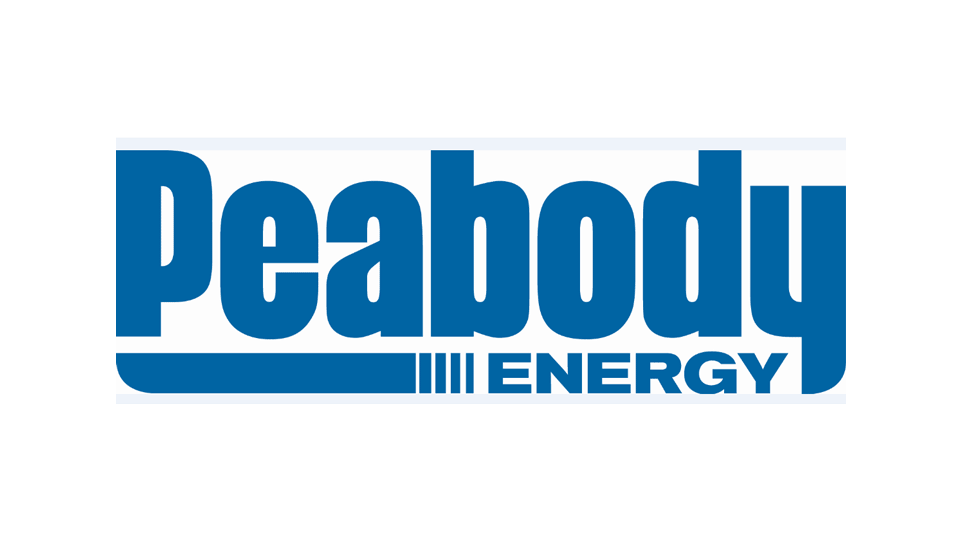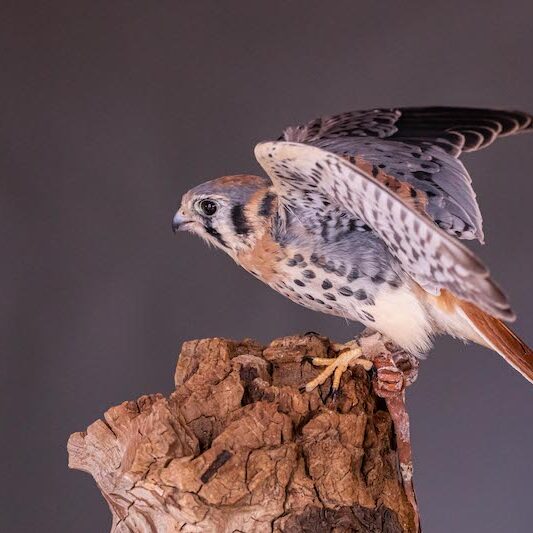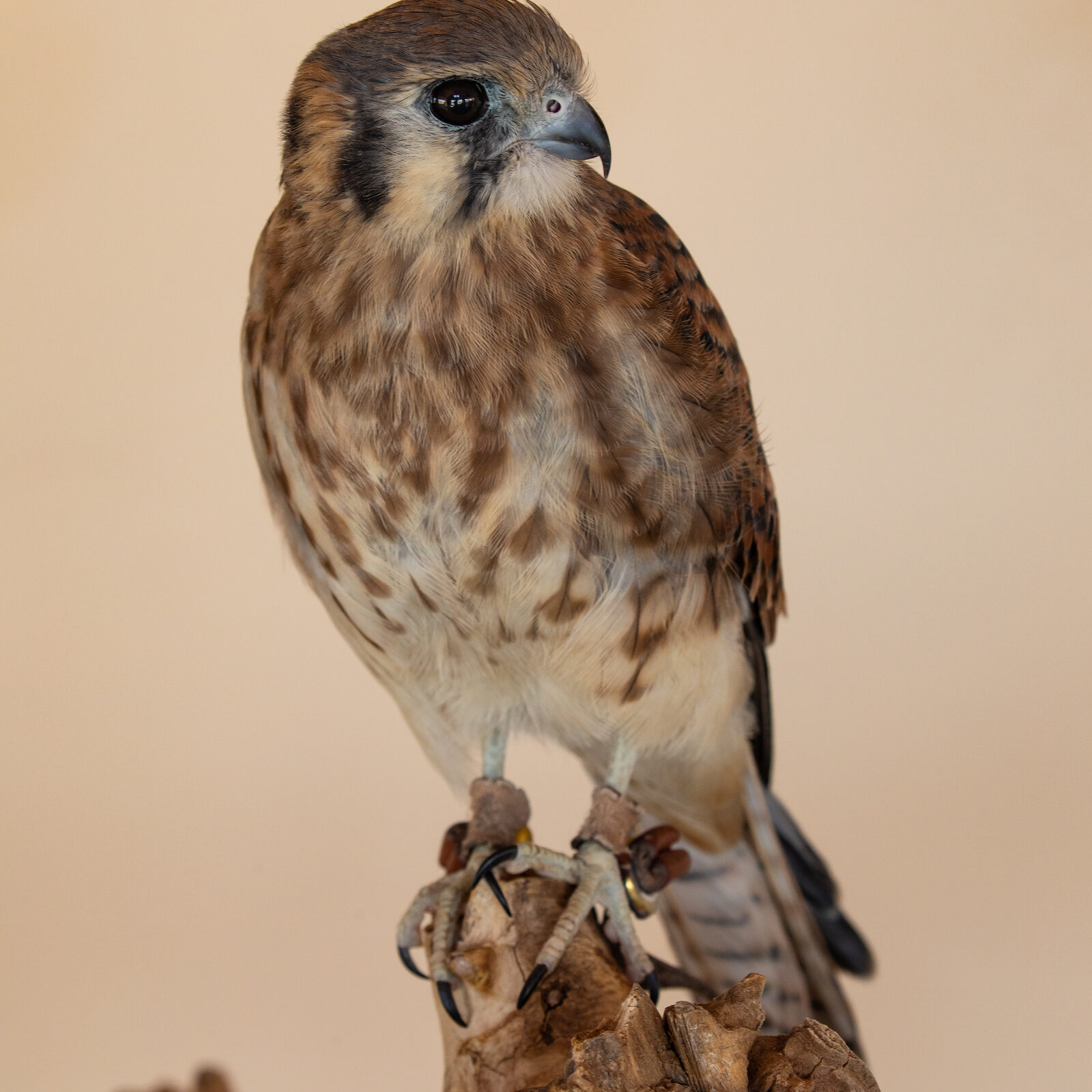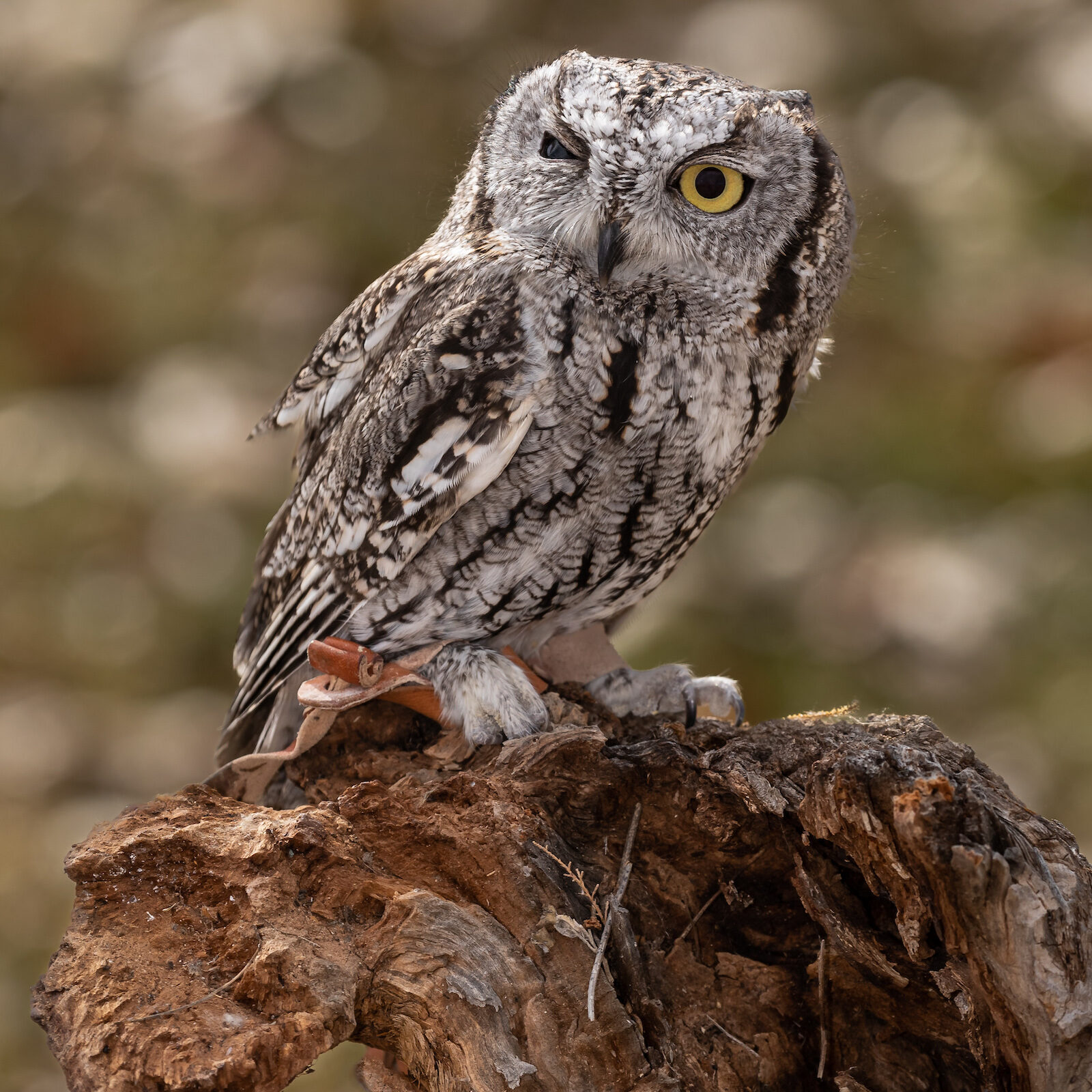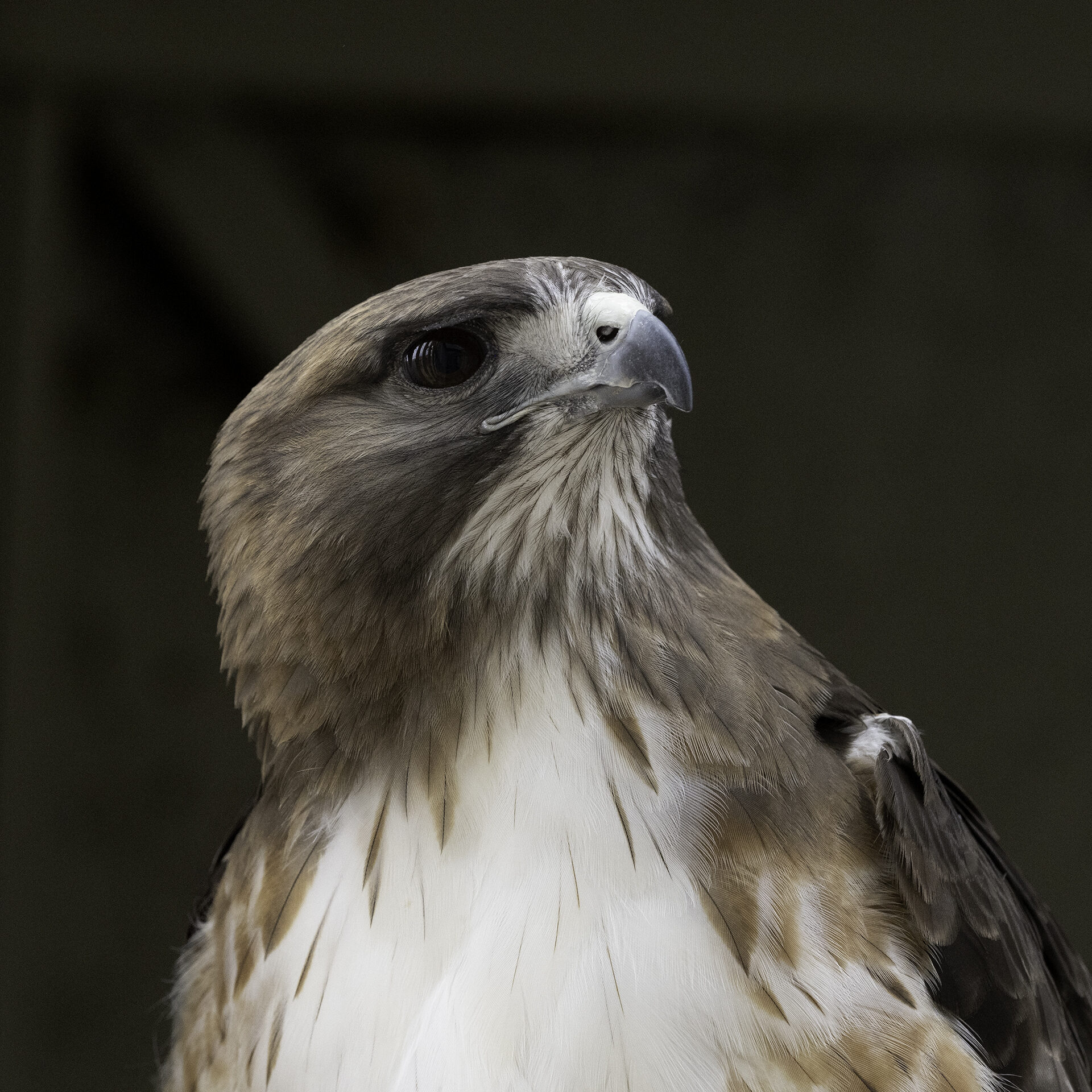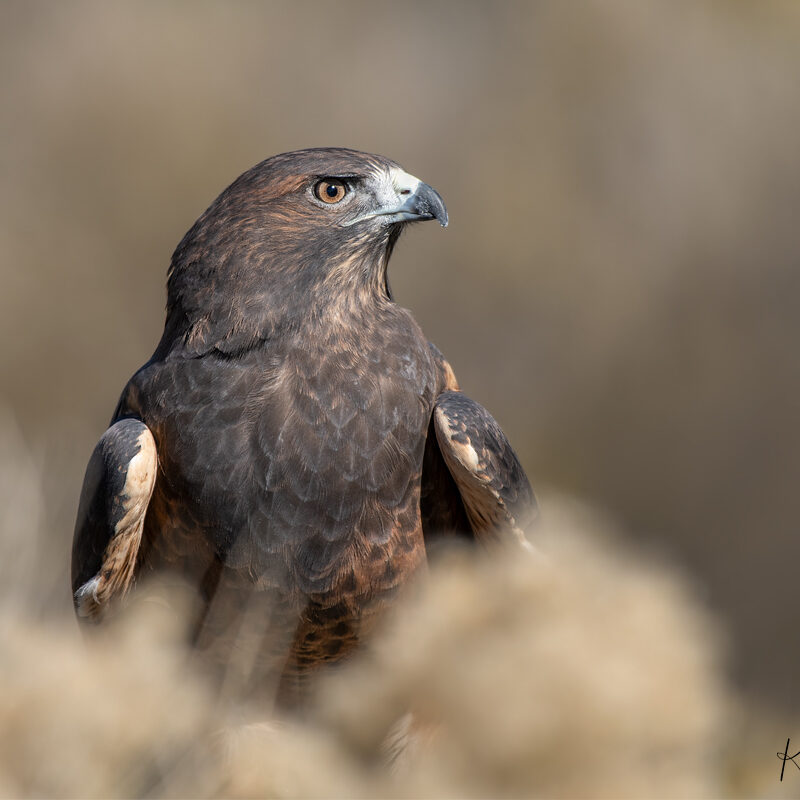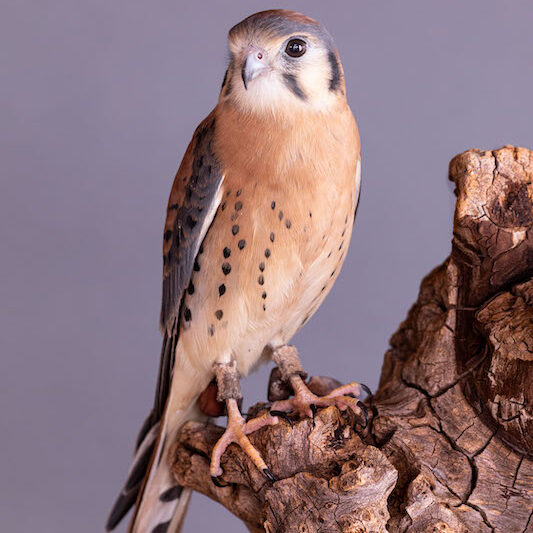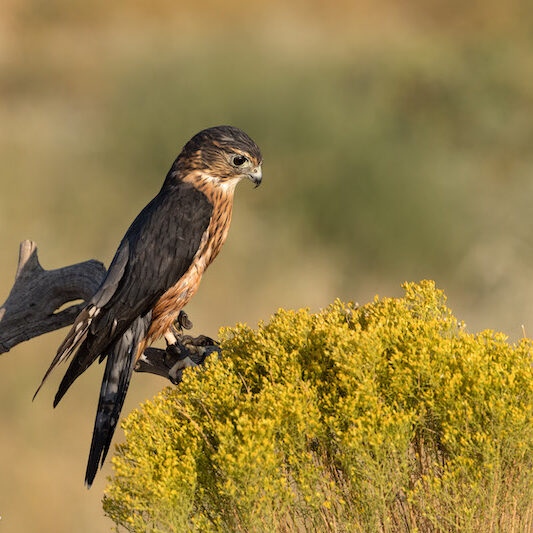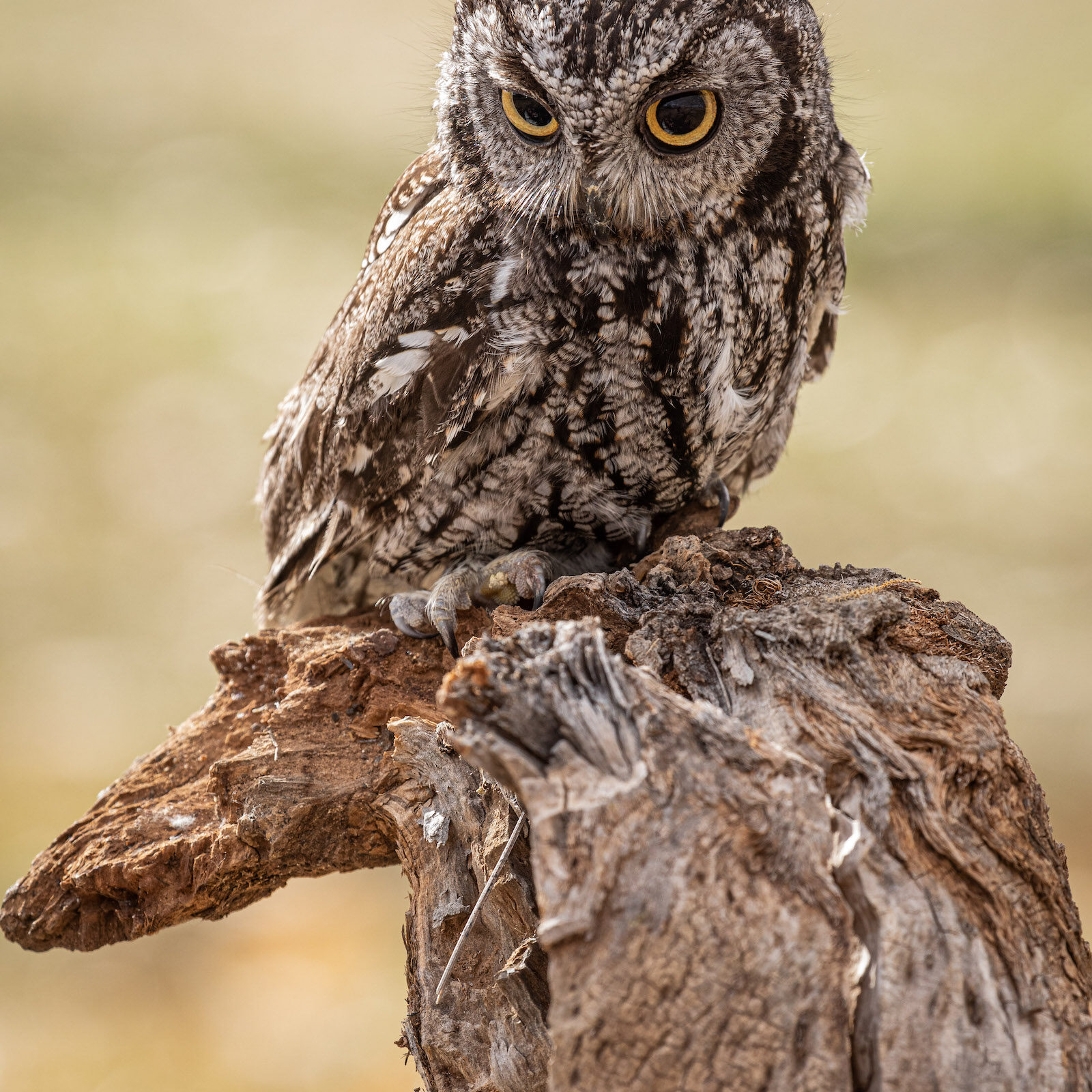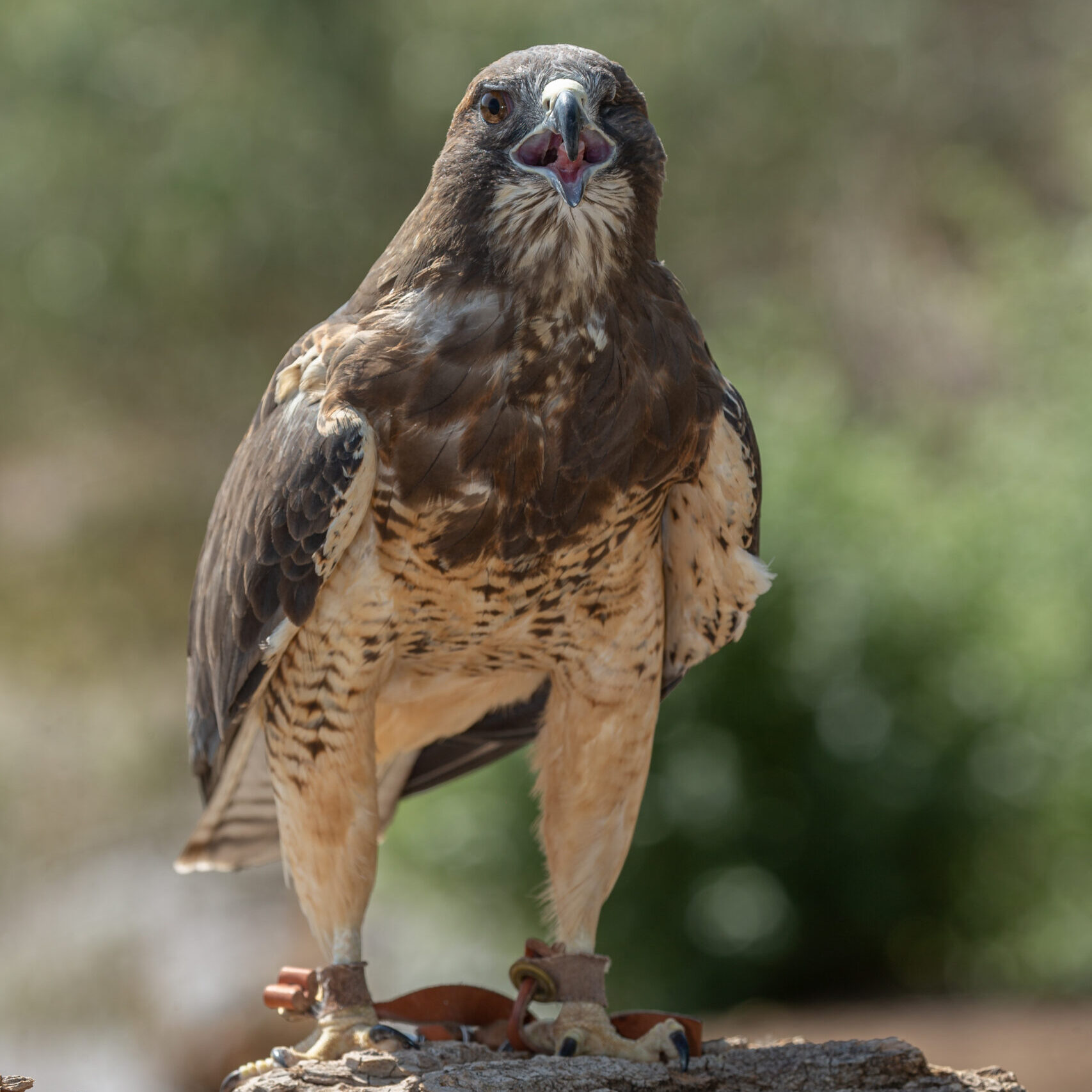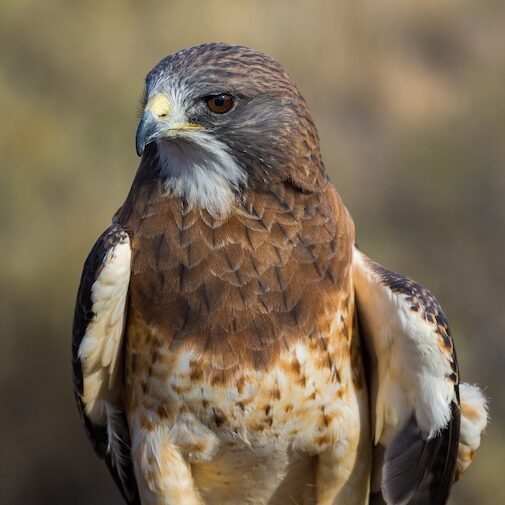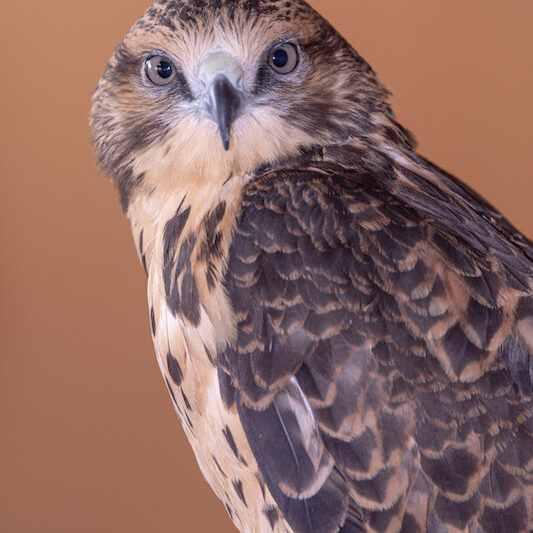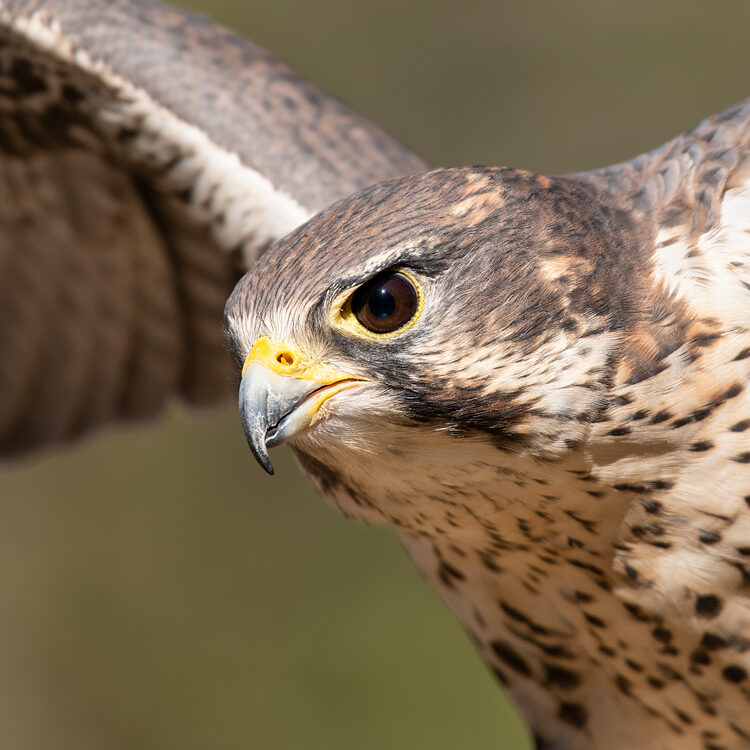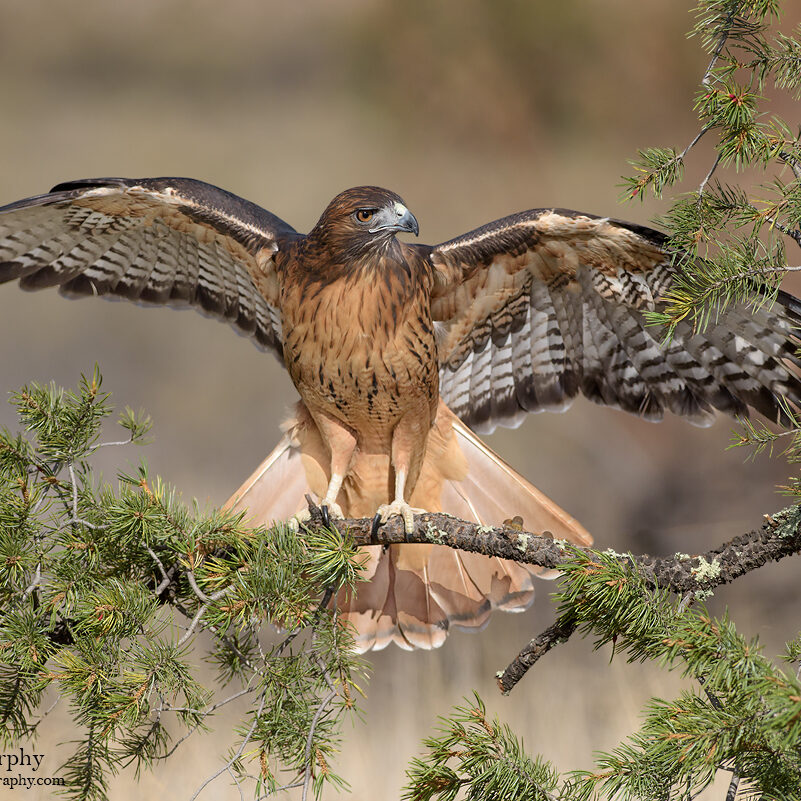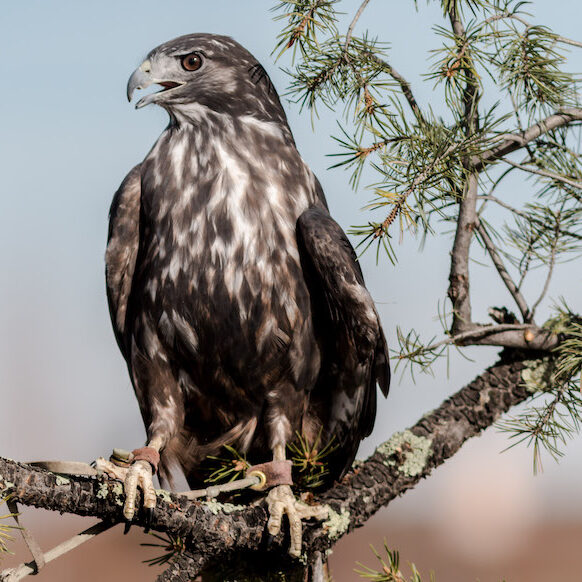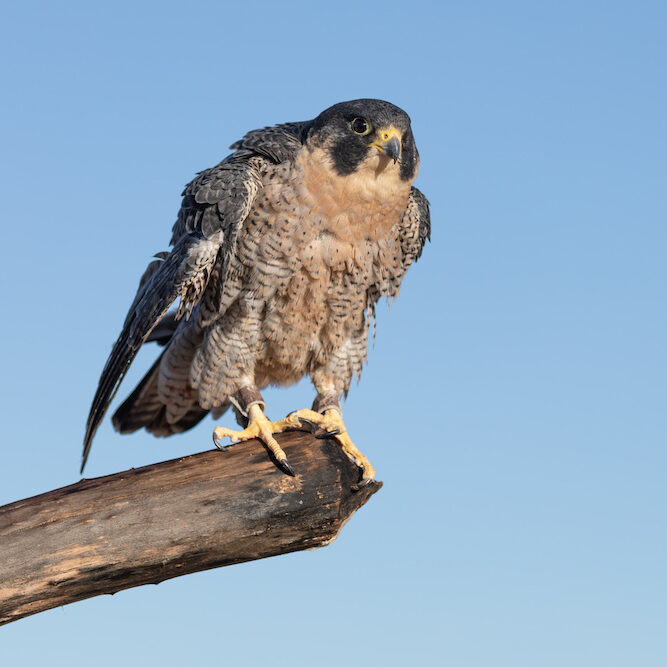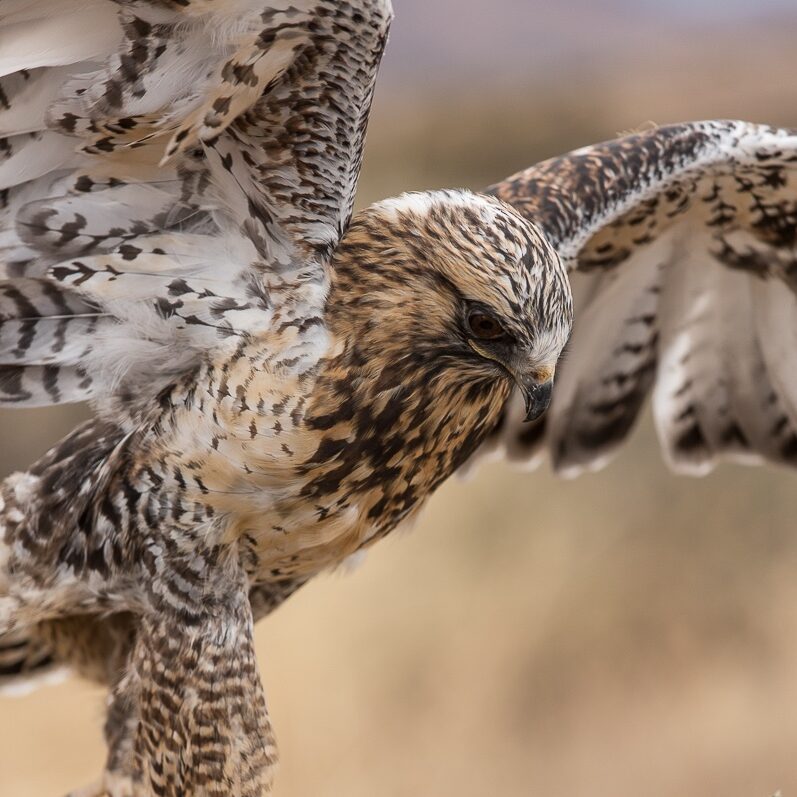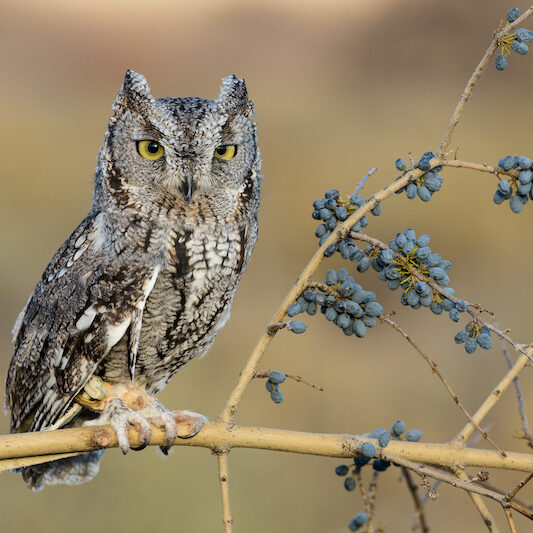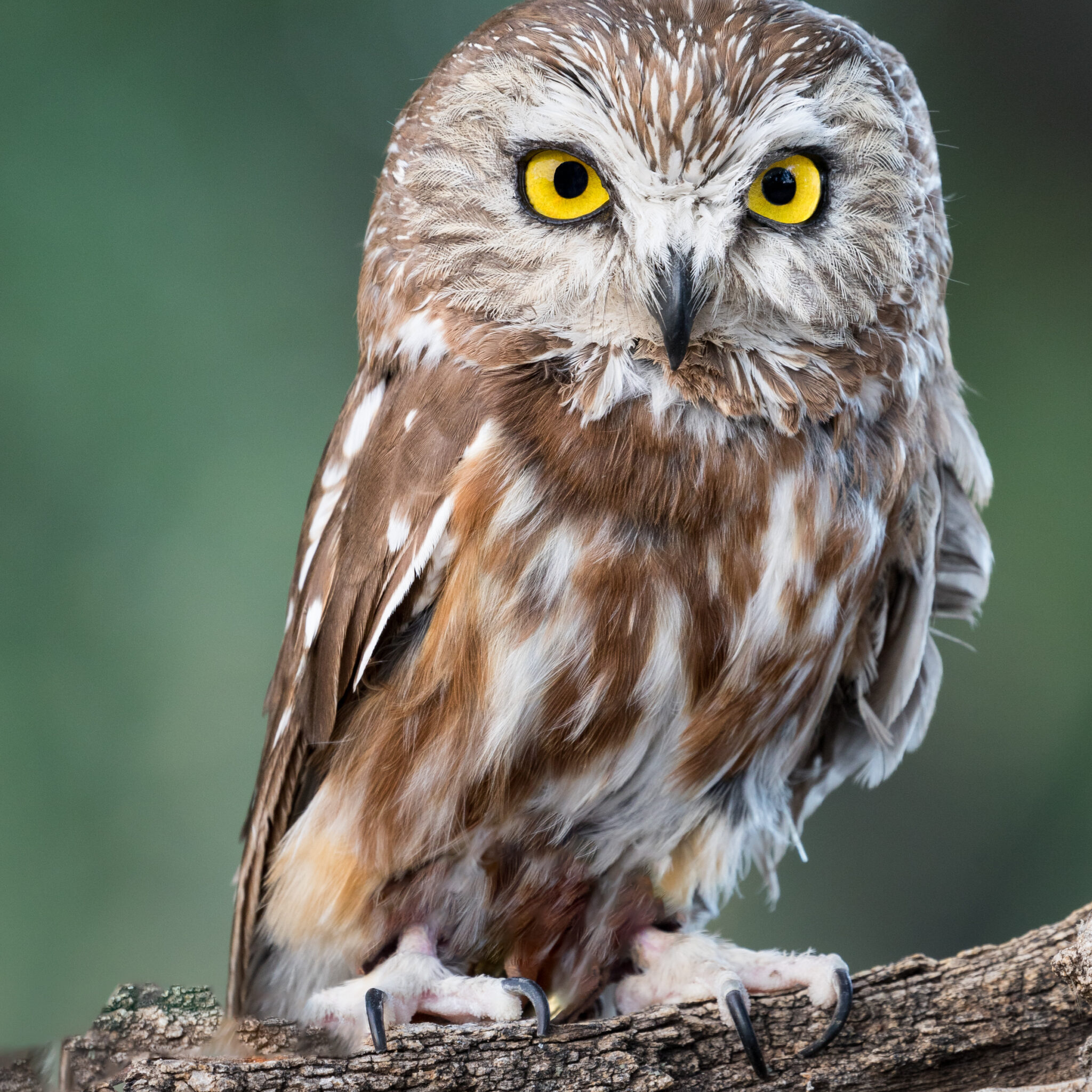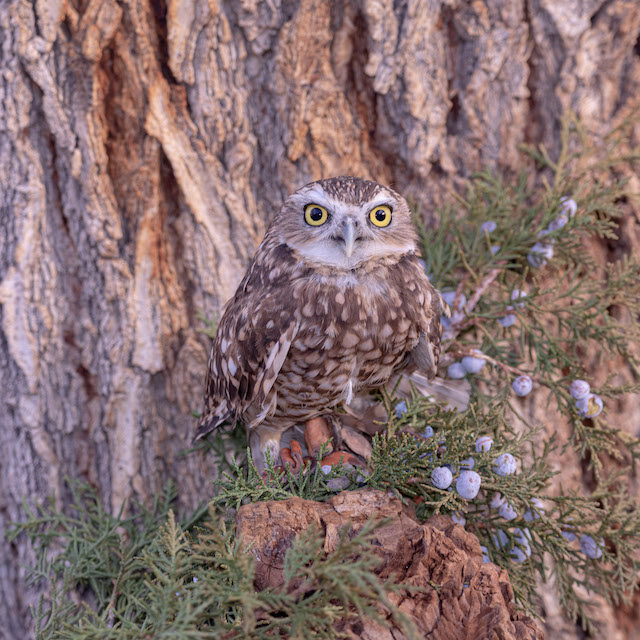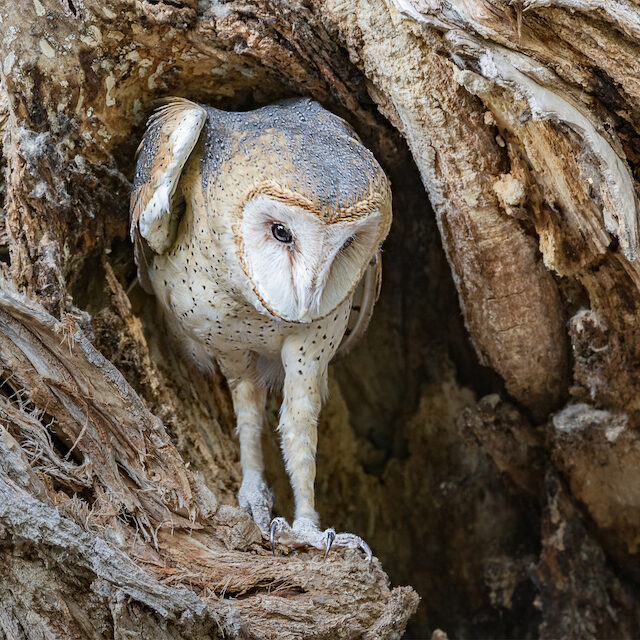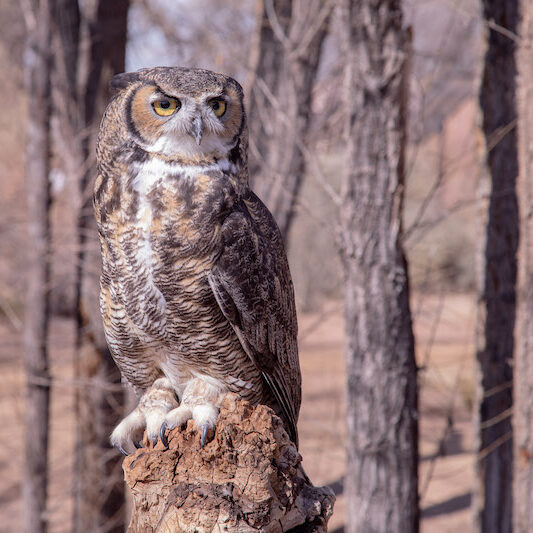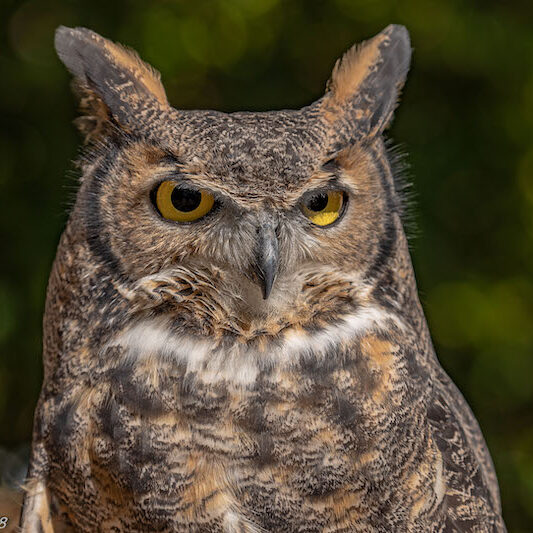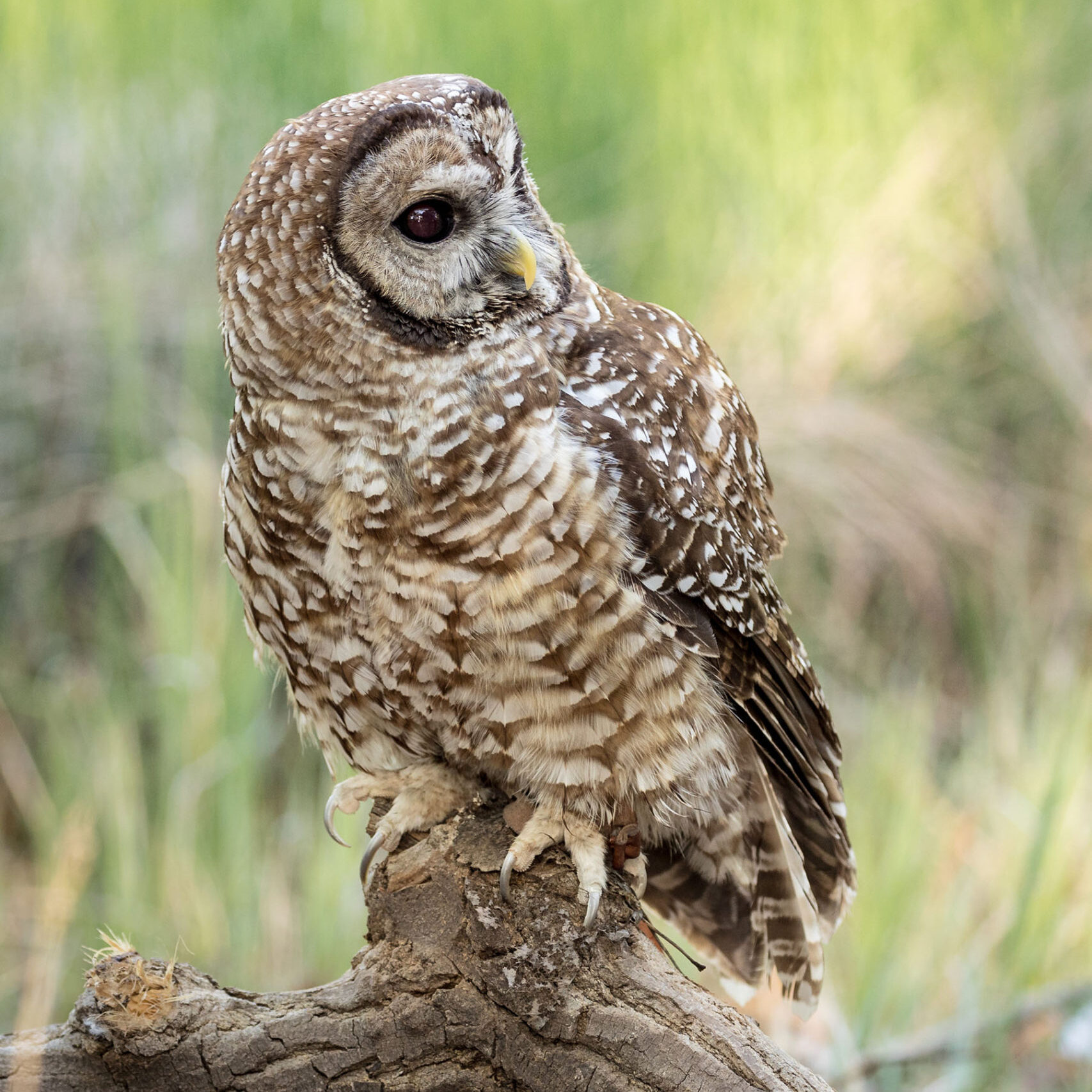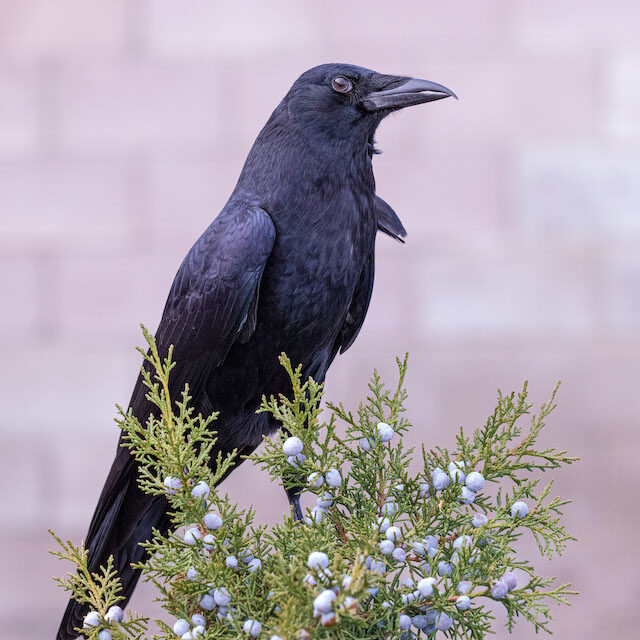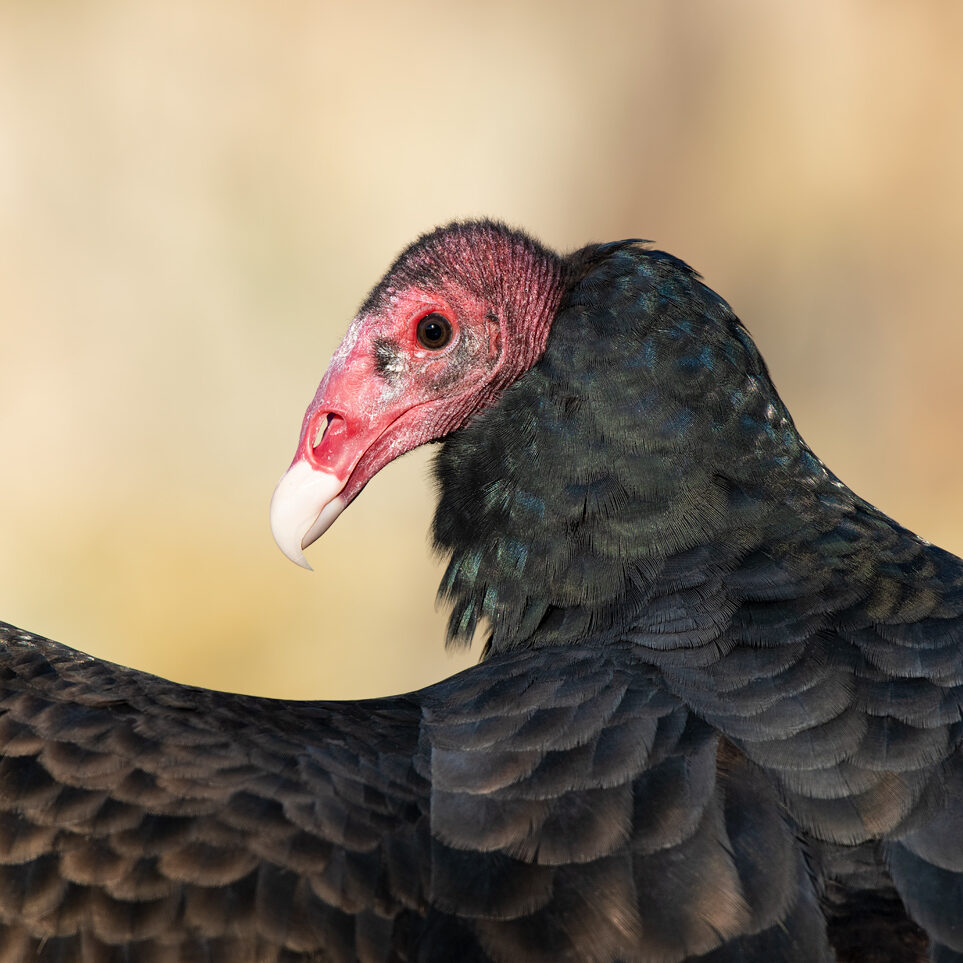Adopt-a-Raptor Program
Are you a teacher in the Albuquerque area? Consider adopting one of our education raptors as your class mascot. By adopting a raptor, you will receive 50% off one classroom visit where we will bring your class mascot to your class & teach your students about conservation and birds of prey.
Our Adopt-a-Raptor program allows you to sponsor one of our education birds. All donations from our Adopt-a-Raptor program go towards caring for our Avian Ambassadors and will help us purchase things such as food, medical care, and raw materials for mews repair. Prices range from $35-$125.
When you Adopt-a-Raptor you will receive:
- A letter thanking you for your donation
- an 8" x 10" photograph of the bird you've selected to sponsor or a stuffed animal with a realistic bird call
- A printed copy of your adopted bird's unique story and a biological description of its species
- A one year Hawks Aloft membership (which includes a subscription to our annual magazine, Aloft, and our monthly online newsletter, the HAI Flyer)
Our Avian Ambassadors
Interested in adopting a bird? Click on their name!
American Kestrel
Azulito was hatched in New Mexico during the 2019 nesting season. He was brought in by our Raptor Rescue team as a fledgling, having been found with an injured right wing. Veterinarians discovered a fracture, which has since healed, but he still has a permanent droop to that wing. His name translates to “Little Blue”, a reference to the slate-blue wings of a male American Kestrel. He is one half of a bonded pair with Sparrow.
American Kestrel
Circe, a female American Kestrel, is our newest foster mom! She joined our team of avian ambassadors in 2023. An injury to her right wing, prevents her from flying well enough for release to the wild. Circe is named after the fierce sorceress from Greek mythology because she fiercely protects the foster chicks she raises. Circe’s name also means “falcon” or “bird”; sources may vary as to the exact translation. To adopt Circe, click here.
Western Screech-Owl
Ping Pong came to us in 2021 with an injury to her right eye likely due to being hit by a car. She is named after the characteristic screech-owl vocalization, which calls to mind a “descending ball,” or a ping pong ball bouncing down a staircase. Since Ping Pong can no longer see out of her right eye, she lacks the binocular vision necessary for hunting. To adopt Ping Pong, click here.
Quemado arrived at Hawks Aloft on July 14, 1995 from Kirtland Air Force Base. Witnesses saw the juvenile hawk being mobbed and harassed by American Crows; in attempting to escape, he flew into a power line and fell to the ground. Raptors generally do not survive electrocution, but luckily Quemado was rushed to a rehabilitator and received immediate care. Part of his left wing and the fourth toe on his right foot were removed because of the damage from the electric current that traveled through his body when he hit the power line. As a result, he cannot fly and uses specialized ramps to reach his perches. He is fully retired and lives with Jamaica in what is currently Hawks Aloft's largest mews. His name, Quemado, translates to “burned.”
Swainson's Hawk
Idaho was hatched in 2014. She was found near Idaho Falls as a fledgling, with significant damage to her primary and secondary flight feathers. The damage was caused by exposure to industrial chemicals while she was still a nestling. She is fully flighted but cannot grow feathers of high enough quality to sustain long-distance flight. Long-distance flight is especially necessary for wild Swainson’s Hawks, as they undertake one of the longest migrations of all American raptors. Idaho is currently housed with our Turkey Vulture, Beauty. Even though Beauty and Idaho are an odd couple of friends, they have very compatible personalities and get along famously!
American Kestrel
Sparrow was hatched in the wild in New Mexico during the 2019 nesting season. He was found with a collapsed right eye. We don't know why his eye is collapsed; it could be a congenital defect or possibly the result of an attack or an impact injury. Sparrow is named after one of the most common prey items of wild kestrels: sparrows! Also, American Kestrels were once known as Sparrow Hawks. He is one half of a bonded pair with Azulito.
Merlin
Little Richard, a Richardon's Merlin, arrived at Hawks Aloft on October 17, 2014. He had suffered an impact injury that left him with head trauma and a left-eye injury. His left eye has since collapsed. Although he is permanently blind in that eye, Little Richard remains very lively and active! His animated demeanor keeps the Hawks Aloft educators on high alert while traveling with him. His name is a nod to Falco columbarius richardsonii, the scientific name of his subspecies. Little Richard loves Kiki and the rope perch in their mews.
Western Screech-Owl
Talon, a Western Screech-Owl, came to us in 2019 after being hit by a car. Unfortunately, he lost sight in his left eye and has head trauma that affects his cognition. These injuries minimize his hunting skills and prevent him from being able to recognize danger from predators. Talon’s name exemplifies that despite their small size, Western Screech-Owls are fierce predators. To adopt Talon, click here.
Aires was rescued as a juvenile in 1994 after being hit by a car near Raton, New Mexico; the impact caused her left eye to collapse. To prevent infection in the eye socket, veterinarians performed surgery to suture the eyelids together. Because of her injury, Aires is completely blind on her left side and has difficulty judging distances. Although she has no trouble flying, she would be unable to hunt for her own food due to her inability to judge distance. Her name is a nod to Buenos Aires, the largest city in Argentina, the country that is often the final destination for Swainson’s Hawks in their yearly migration. Aires fell ill with West Nile virus in the 2010s. While she did recover, she is now fully retired as an education bird.
Swainson’s Hawk
Commodore was rescued as an adult with a fractured wing, most likely caused by a car strike. He found his way to his forever home at Hawks Aloft in 2004, via a local wildlife rehabilitator. Commodore lives with Aires and is partially retired from attending programs. He was given the name Commodore before he arrived at Hawks Aloft, and is affectionately known as “Commie” by most of the Hawks Aloft staff and volunteers. He was at least two or three years old when he broke his wing. Consequently, he is sometimes more nervous around humans than some of the birds who came to us as juveniles.
Swainson’s Hawk
Taken was rescued in December 2019, having been “found” in a driveway in Albuquerque. We received a desperate call on the Raptor Rescue Hotline about a hawk that could not fly. Upon arrival at the scene, our rescuers found a Swainson’s Hawk! The entire world population of Swainson’s Hawks migrates to Argentina where they spend the winter. So you can imagine our surprise at finding a very well-fed juvenile Swainson’s Hawk, with frayed wing feathers and absolutely no tail feathers, in the middle of winter. In fact, he was so well fed that before he was given his name, volunteers and staff nicknamed him Gordo. We believe someone had kept him in a wire cage, and then decided to “release” him back into the wild. But this young bird’s feathers were in such terrible condition that he could not fly at all. Not only that, he had become imprinted on humans, so it was already too late for him to learn to function as a Swainson's Hawk. Because this bird was tragically deprived of his chance to live in the wild and be free, we gave him a powerful name: Taken. His chance to live free was stolen from him when he was taken from the wild.
Prairie Falcon
Sunny was hatched in 2012 in southern New Mexico. He arrived at Hawks Aloft in 2013 with a badly damaged left wingtip. The wingtip was hanging by a thread and had to be amputated at the last digit by veterinarians. We are not sure how he was injured, but he was discovered by a pair of young hikers in the desert, one of whom was a veterinary technician, who carried Sunny to the safety of a clinic. Sunny is named for the dark malar stripes that protect his eyes by absorbing the sun's glare - a vital adaptation for a species that hunts during the daylight hours. Like all falcons, Sunny has remarkable head stabilization, along with a considerable talent for showing off this trait during education programs.
Red-tailed Hawk
Lilla arrived at Hawks Aloft as a juvenile, having been found in the backyard of a local falconer. She had suffered severe trauma to her left eye, along with glaucoma. Veterinarians made the difficult, but essential, decision to surgically remove her eye in order to avoid further complications. She has no problems flying, but, since hawks depend heavily on their binocular vision, she would have trouble hunting in the wild. Lilla is a big girl and she is often mistaken for a Golden Eagle when attending outreach events. Her full name, Aguililla, is Spanish for Little Eagle. She lives with Harlan.
Red-tailed Hawk
Harlan, named for his subspecies (Harlan's Red-tailed Hawk), came to us from the Cascades Raptor Center in Eugene, Oregon. He was hit by a car as an adult, resulting in a fracture in his left wing. He is housed with Lilla. Harlan’s Red-tailed Hawks are a relatively rare color morph in New Mexico (they are more commonly seen in the northern U.S. and Canada), and they are often misidentified. Harlan’s tail has just a tiny bit of rust coloration and vertically-streaked whitish feathers above. Harlan is a fantastic foster dad to rescued Red-tailed Hawk babies. He’s such a good dad that he sometimes forgets to feed himself because he is so preoccupied with feeding his babies!
Peregrine Falcon
Flash came to Hawks Aloft in 2023 with an injured right wing. Although he can fly, he cannot maneuver well enough to survive in the wild. His name refers to the speed Peregrine Falcons can reach when on their prey. They are the fastest birds in the world in a stoop! The species is circumpolar with the greatest range of These falcons use their large feet to strike their prey. This means they need to be precise. Flash got his name because Peregrines are the fastest animal on Earth. In their dive they can move over 200 miles per hour. To adopt Flash, click here.
Cimarron was transferred to Hawks Aloft in January 2007 after being picked up in Roy, New Mexico with very little information about the history of his accident. A veterinary examination showed an injury to the elbow joint in his right wing. While Cimarron is still flighted, he does not fly well enough to be able to survive in the wild. His name means “Refugee from the North,” since Rough-legged Hawks are more commonly observed at farther-north latitudes; he was probably injured while migrating. Cimarron is fully retired from education programs.
Western Screech-Owl
Shadow found his forever home at Hawks Aloft after being transferred from the Santa Fe Raptor Center in 2013. He had been found by a maintenance worker who was blowing leaves in a parking lot; the little owl was unable to fly and was tumbling along with the leaves on the ground. Shadow had suffered an elbow-joint injury that has since healed, but he does not fly well enough to survive in the wild. It's possible that he was hit by a car, or that he flew into a window hard enough to injure his wing. Western Screech-Owls are crepuscular, meaning that they are most active at dawn and dusk. This is when shadows are at their longest—hence the name “Shadow.”
Northern Saw-whet Owl
Burrowing Owl
On a dark and stormy night in 2019, this Burrowing Owl took shelter from the storm on someone’s roof in Albuquerque. Unfortunately, that roof had a rotating rooftop wind turbine, in which she got trapped. She was caught by her neck and was hanging on the spinning structure that repeatedly hit her left wing during the long and windy night. She was rescued by Lisa Morgan, our Raptor Rescue Coordinator, who responded to the call from the concerned homeowners who heard “something” flapping on their roof overnight. Turbo suffered trauma to her neck and also a fracture of the left wing, rendering her unflighted. She was named Turbo in honor of her incredible survival story. Turbo is best friends with Ruby, our Mississippi Kite.
Celeste came to Hawks Aloft through our very own Raptor Rescue program. She was found in Belen, New Mexico, with a traumatic eye injury, presumably the result of a car strike. She is a fully flighted, but is blind in one eye. Although Barn Owls can hunt in complete darkness, Celeste would need to be able to see with both eyes in order to avoid the various predators and obstacles she would face in the wild. Celeste is named after the celestial bodies that would guide her in the darkness as she hunted.
Great Horned Owl
Bubba was brought to Wildlife Rescue in 2009 with a fractured right wing. He was rehabilitated by Wildlife Rescue and was set to be released back into the wild. Unfortunately, there must have been undetected nerve damage that was causing pain to the wing, and before Bubba could be released he self-amputated his wingtip at the wrist joint. He was transferred to Hawks Aloft in February 2010 to live out his life as an education bird. He is named Bubba after the Great Horned Owl's scientific name: Bubo virginianus.
Great Horned Owl
Dulcita came to us from a wildlife rescue organization in Glorieta, New Mexico. She was hit by a car in 2013 and suffered a vestibular injury. Because of her injury, Dulcita tends to have poor balance and poor proprioception (i.e., spatial awareness). She was named Dulcita, meaning “little sweetie”, before she arrived at Hawks Aloft. Dulcita loves raising babies and is our best Great Horned Owl foster mom to rescue owlets.
Mexican Spotted Owl
Jemez was found early one December morning, in a snowbank on the side of the road, by an employee of Los Alamos Laboratories on his way to work. She was in very critical condition when she arrived at Hawks Aloft, suffering from head trauma and a severe left-eye injury. Our rescuers and veterinarians were not sure if she would be able to survive these injuries, but amazingly, on Christmas Eve, she began to show signs of recovering. She is our Christmas Miracle bird! The remainder of her left eye was removed to prevent infection, and she was named Jemez after the Jemez Mountains where she was found. Spotted Owls are a critically threatened species throughout the United States and Mexico.
American Crow
Indigo was hatched in 2007 and was kept illegally as a pet by a woman in Oregon. Not only is it illegal to keep a wild bird as a pet, but Indigo was also fed an improper diet and confined to a small cage. As a result, she developed permanent metabolic bone disease and has limited flying ability. She also is aggressive towards other birds, including other crows. Indigo was confiscated in 2008 and brought to the Cascades Raptor Center in Eugene, Oregon. She found her way to her forever home with us at Hawks Aloft the following spring. Indigo is the only one of our education birds who is an omnivore, and she eats a highly specialized diet to keep her healthy and to combat symptoms of her bone disease. Her favorite foods are mice, corn, and salmon from her caretaker’s dinner! Her name refers to her iridescent plumage, which collects and reflects the indigo-blue wavelengths on the visible spectrum.
Turkey Vulture
Beauty was found in Corona, New Mexico as a nestling. Her rescuers thought she had sustained a chest injury. Unfortunately, instead of being taken to a wildlife rehabilitator, the vulture baby was kept illegally as a pet by her rescuers for the next five years. As a result, she is human-imprinted, meaning that she does not recognize that she is a vulture. Instead, she thinks that she belongs with people. Early in 2018, the 5-year-old vulture was confiscated by the U.S. Fish and Wildlife Service and brought to her forever home here at Hawks Aloft. She is called Beauty because, while much of the general public thinks that vultures are ugly or gross, we know that Beauty is a gorgeous bird with a fabulous personality. And, as a bonus, the word “beauty” sounds similar to “Buteo,” the name for the genus of soaring hawks, which are called "buzzards" in Great Britain —whereas, in North America, vultures are often referred to as buzzards!
With Gratitude
We graciously thank the many organizations that support our research, education, rescue and rehabilitation work: the Avangrid Foundation, the Albuquerque Community Foundation, Intel, Bureau of Land Management, National Park Service, US Forest Service, Peabody Energy, PNM Resources Foundation and Golder Associates.






